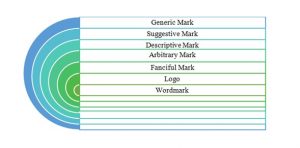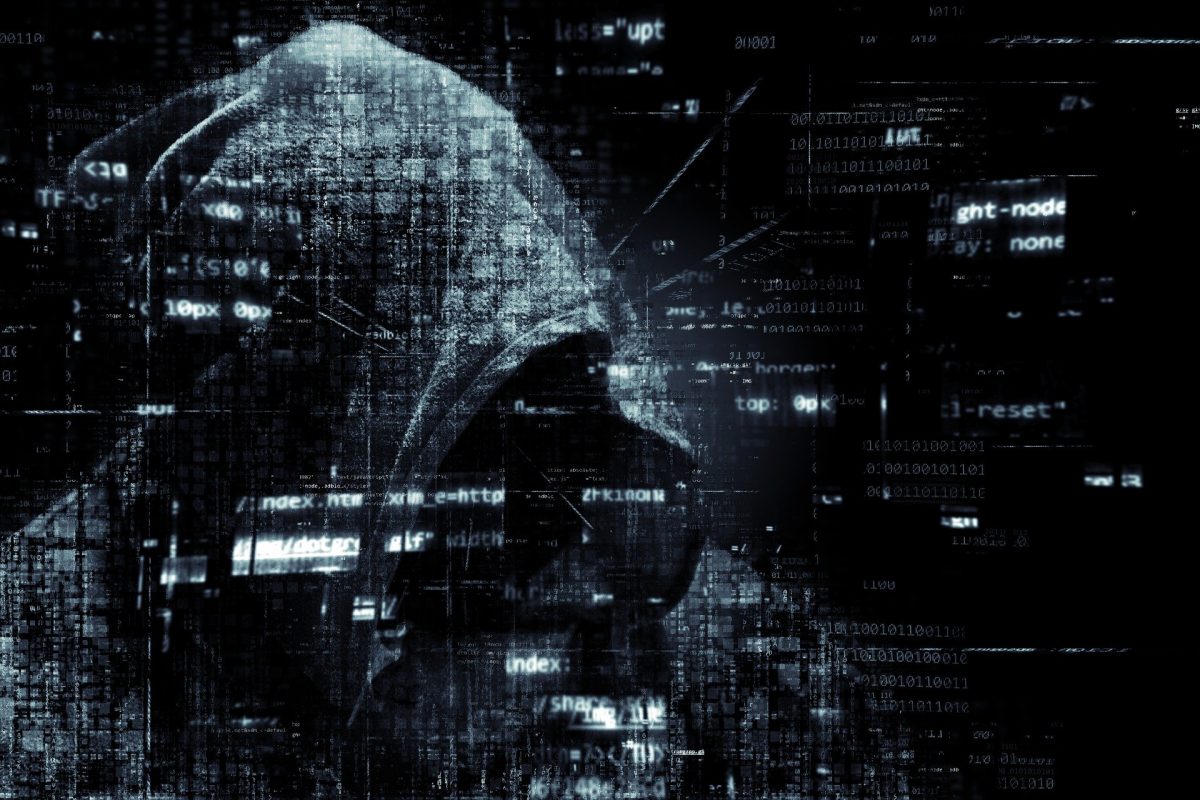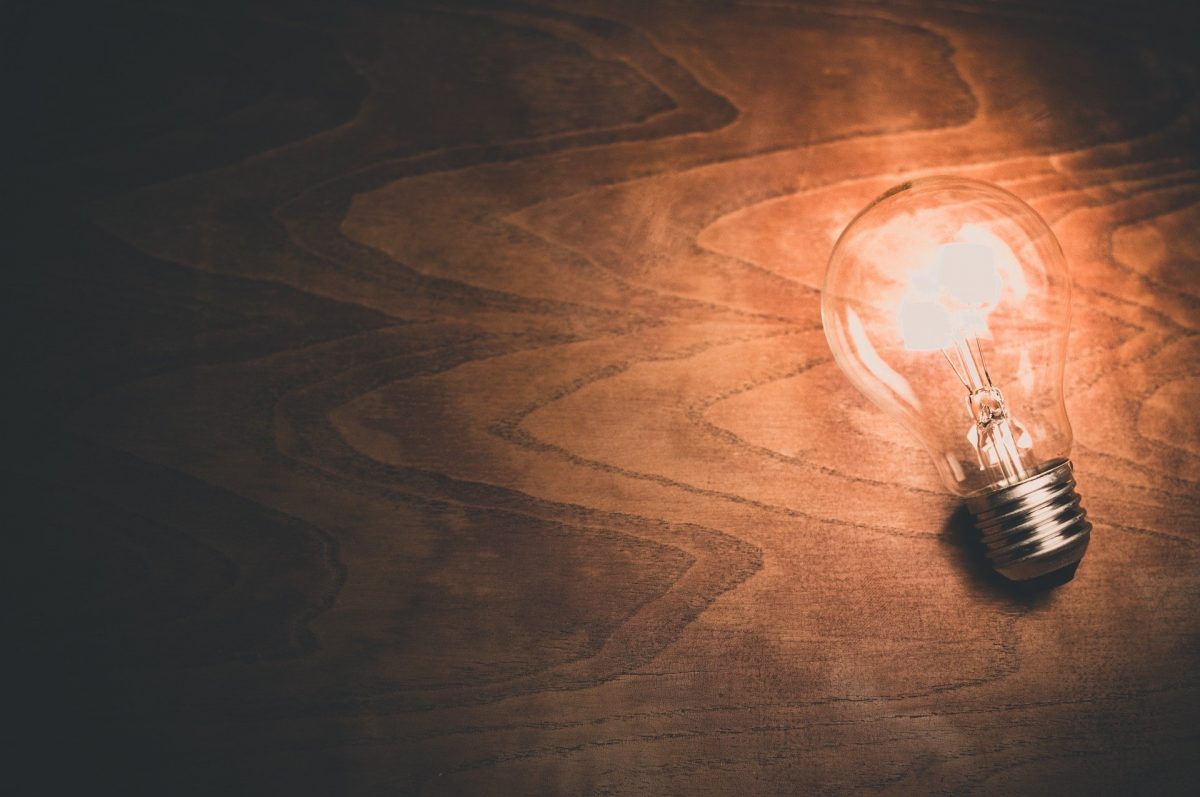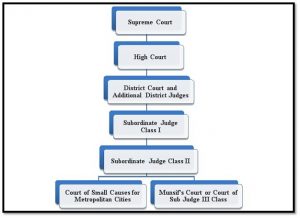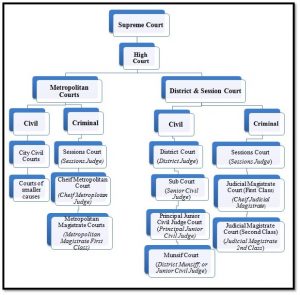By: Himali Sylvester
Technological development has secured a merry place in the world today. Its development has seeped into various domains of human life and the legal discipline is no exception to this common phenomena. It can then conveniently be said that technology has now become the edifice of democratic polity. As the unprecedented Covid-19 pandemic meddled with the everyday lives of billions of people across the world, the globe turned into a remote world which could only be run by technology. In this aftermath, the utility of technology has become all the more palpable. It is now important for us to examine as to how technology has been impactful in the process of law enforcement.
Evidence Law
It is pertinent to be reminded right at the outset, that the arena of law is also largely governed by data and information. So, to begin with, electronic records serve largely in enforcing laws. With the introduction of computers, electronic writing and messaging have become common. A small benefit from technology was reaped when the definition of a ‘document’ was expanded to also include ‘electronic documents’ as under Section 3(2) of the Indian Evidence Act. This makes the enforcement of evidence law more efficacious as e-documents are easier to obtain, collect and produce before the Court. Collection of physical evidence is a time-consuming process and requires person to person contact. Understandably so, in a world shunned by an uninvited virus, avoiding physical contact is a prime concern which has been achieved by technology that allows for the procurement of electronic proof and documents. Additionally, e-documents are easier to be stored, they reduce physical space and are often more portable in comparison to physical documents. Such documents can easily be exchanged in courts as well as by lawyers and enforcement agencies in a very short span of time.
Learn more about Technology Laws with Enhelion’s Online Law firm certified Master Course!
It should be noted that the question about the admissibility of e-documents had been challenged before the hon’ble Supreme Court of India, as under Section 65-B of the Indian Evidence Act. It was then affirmed that any e-evidence or e-document produced before the Court must be accompanied by a certificate of authenticity issued by a reliable authority. It was at this juncture that Senior Advocate Jayant Bhushan said that section 65B of the Evidence Act was a “procedural provision” intended to “supplement the law” by declaring that any information in an electronic record, “is admissible in any proceedings without further proof of the original“[1]. The aforementioned statement is testimony to the fact that technology has been accepted as an essential component for the enforcement of evidence law in India.
Contract Law
The other important technological development that has helped in law enforcement is the acceptance or recognition of e-signatures as valid signatures under the Information Technology Act, 2000 (hereinafter IT Act). Signature is an imperative component for any legal work and lot of time that was invested in obtaining physical signatures has been minimized after the legalization of e-signatures[2]. It has become much more easier to enter into contracts, the process of availing attestation has become more convenient, thus, implying that the development of e-signatures as a result of technological advancement has helped in enforcing agreements.
Learn more about Technology Laws with Enhelion’s Online Law firm certified Master Course!
In the case of Tamilnadu Organic Private Ltd. & Ors. v. State of Bank of India[3], the Madras High Court observed that contractual liabilities could arise by way of electronic means and such contracts could be enforced through law. The High Court further observed that Section 10A of the IT Act enables the use of electronic records and electronic means for the conclusion of agreements, contracts and other purposes. Succinctly put, the contract jurisprudence has benefited immensely from technological progress.
A contract entered through email is valid with a second factor authentication such as PIN or Password provided that the requirements of the IT Act are satisfied. The same was held in the case of Trimex International Fze Limited, Dubai v. Vedanata Aluminium Limited[4] wherein the hon’ble Supreme Court held that unconditional offer and acceptance through emails constituted a valid contract under the Indian Contract Act, 1872. Implied contracts are also equally relevant in e-contracts. To illustrate, if an employee acts upon an e-employment contract and shows up to work and carries out her duties according to the contract, she cannot dispute the existence of a contract merely because the contract was entered into by email or other e-communication platforms. In a nutshell, it can also be said that entering into contracts has become more expedient with the emergence of advanced e-communication systems, thus, having a positive impact on the enforcement of contract law.
Learn more about Technology Laws with Enhelion’s Online Law firm certified Master Course!
Technological development however, does obscure the conventional contract law. According to contract law, an offer is considered complete when the offeree is made aware of the offer and the acceptance is considered complete as against the offeror when it is put into transmission so as to be outside the control of the acceptor and it is considered complete as against the acceptor, when it comes to the knowledge of the offeror. It must be borne in mind that such provisions were laid down at a time when sending letters and posting them, was the most common form of communication. In a world overwhelmed by emails and other social media platforms, it is often difficult to determine as to when the offer has actually reached the offeree. For instance, when an offer is made via email, when should it be considered that the offer is complete? When the mail gets delivered or when the mail is actually read by the offeree? These are confusing questions that emerge while interpreting and seeking to enforce a contract and the present contract law in most countries has not accommodated these provisions. Understandably so, the enforcement of contract law has been hindered by technological evolution as law does not change and adapt itself at the same pace as technology does.
Intellectual Property Law
Another apposite legal discipline that has been largely hit by technological advancement, is the intellectual property regime. The need for a stringent copyright law has become imperative with the advent of technology. But the question remains as to whether traditional copyright laws can be enforced to protect copyrights in a world reigned largely by technology? Scholars suggest that the growing use of computers to handle and store information could make it even harder for copyright holders to enforce their rights. This is because, copying digital information can be done at a fraction of the cost and in a fraction of the time that it takes with photocopying or analog audio or video taping[5]. Secondly, the digital nature of computer-sourced information suggests that an infinite number of copies of material can be made. Such a distinctive nature of computers makes it difficult for copyright holders to control any infringement of copyrights. Besides by appealing to consumer ethics, it is often impossible to determine, at what point can an act be considered as a violation/infringement of copyrights, while the user is still in possession of the copyrighted material.
Learn more about Technology Laws with Enhelion’s Online Law firm certified Master Course!
A rapidly growing amount of material is being made available through on-line databases. But this is changing with other technological advances that simplify the conversion of printed text and graphics into machine-readable, digital format. Optical character readers for text input are becoming popular in offices as they are cheap and more efficient. If the costs of converting printed and written texts and graphics into computer-readable forms become cheap and it is proven that is it more efficient, such a practise will become a routine. The digital optical disk, uses lasers to record and read information off a disk and rotates at a high rate of speed, offers great potential for storing very large volumes of digitized information. Geosynchronous communication relay satellites affect the enforcement of copyright law because an increasing amount of copyrighted material is being transmitted by these systems. As of now, anyone who has a proper antenna‘dish’ and a down converter can receive the material.
Manifestly so, traditional meaning cannot be applied to the nuanced circumstances that surround copyrights, currently. The legal premise of ‘rights’ itself have changed with the technological bloom. The meaning of ‘fair use’ of those rights obviously change as duplication of copyrights is not the same with computer-mediated storage provisions. Consequently, various attributes of infringement have also changed. The legal recourse bequeathed upon the copyright holders have changed with technological progress, thus, affecting the enforcement of copyright law.
Learn more about Technology Laws with Enhelion’s Online Law firm certified Master Course!
Criminal Law
The year 2018 saw 32,700 cases of culpable homicide and murders in India and sadly, the trajectory of such cases has only been leaning upwards ever since[6]. A prudent understanding of the above statistics would suggest that criminal law enforcement needs to be expedited in order to promote security and prevent public disorder. Technology will certainly play a crucial role in enforcing criminal laws. The invention of CCTV cameras for monitoring and surveillance of public places as well as police stations has been pivotal in fending off offenses. Certain states have enacted laws to allow for video surveillance. The Karnataka Public Safety (Measures) Enforcement Act, 2017 and Andhra Pradesh Public Safety Act, 2013 make it mandatory for crowded places to provide for public safety measures which primarily includes Closed Circuit Television Surveillance (CCTV Surveillance)[7]. Both the Acts are premised upon the objective of tracking and detecting crimes and other criminal activities, indicating the role that CCTV cameras and video surveillance have in enforcing criminal laws in India.
Learn more about Technology Laws with Enhelion’s Online Law firm certified Master Course!
Video surveillance also has role in the process of investigation. In the case of Shafhi Mohammad v. State of Himachal Pradesh[8] the Apex of India directed to set up Central Oversight Body (COB) to implement plan of action for using videography in the crime scene during investigation. Earlier in the case of D.K. Basu v. State of West Bengal and Ors.[9], a need was also directed to have in every State an oversight mechanism whereby an independent committee can study the CCTV camera footage and periodically publish a report of its observations thereon. CCTV cameras can certainly be considered the boon of technology for the immense help that it continuous to render in curbing crime rates in India.
Learn more about Technology Laws with Enhelion’s Online Law firm certified Master Course!
Law enforcement agencies are using drones for a variety of functions providing cost-effective solutions. They can provide real-time information to police and crime investigators about crimes in progress and dangerous situations, as they unfold. It helps the police force to be prepared to face situations. The Global Positioning System (GPS) has also helped in rescuing victims as well tracking criminal suspects. Unsurprisingly so, enforcement of criminal laws has become prompt and there has been a frequent application of these laws after the invention of CCTVs, GPS systems and drone technology. These technologies sometimes do pose privacy challenges, most of which remain unaddressed even in the Justice Puttuswamy judgement. The extent to which movements and actions can be monitored and surveilled is yet to ascertained legally. Until then, the privacy discourse will continue to be debated.
Conclusion
It would be an understatement to assert that technology has a role to play in law enforcement. Technology and technological progress are pivotal for the efficacious enforcement of law. To the Indian context, e-documents, e-signatures and e-contracts are certainly developments that have aided in enforcing laws. The intellectual property regime has also begun to respond to technological advancements. But above all, if there is one domain that has benefited the most from technology, it is the domain of criminal law enforcement. Advance videography and audiography being used to monitor criminals and the same being admissible as evidence is a leap-forward in efficiently fostering the application of evidence law and criminal law.
[1] THE ECONOMIC TIMES,
https://economictimes.indiatimes.com/news/politics-and-nation/courts-can-rely-on-electronic-records-without-certificate-supreme-court/articleshow/62777759.cms?utm_source=contentofinterest&utm_medium=text&utm_campaign=cppst (last visited Feb. 27, 2021).
[2] Trilegal, Electronic signatures in India, ADOBE SIGNS (Feb 27, 2021, 21:46 PM IST), https://www.adobe.com/content/dam/dx-dc/pdf/uk/electronic-signatures-in-india-uk.pdf.
[3] Tamilnadu Organic Private Ltd. & Ors. v. State of Bank of India AIR 2014 Mad 103.
[4] (2010) 3 SCC 1.
[5] PRINCETON EDU, https://www.princeton.edu/~ota/disk2/1986/8610/861007.PDF (last visited Feb. 27, 2021). .
[6] TNN, Crime rates drop but not for women, kids, THE TIMES OF INDIA (Jan. 13, 2020, 16:57 IST), https://timesofindia.indiatimes.com/india/crime-rate-drops-but-not-for-women-kids/articleshow/73187216.cms.
[7] Priti Singh and Gaurav Kumar, Why am I under CCTV surveillance?, WORDPRESS (May 16, 2020), https://jilsblognujs.wordpress.com/2020/05/16/why-am-i-under-cctv-surveillance/#_ftn1.
[8] MANU/SC/0331/2018.
[9] (1997) 1 SCC 41.
Learn more about Technology Laws with Enhelion’s Online Law firm certified Master Course!

